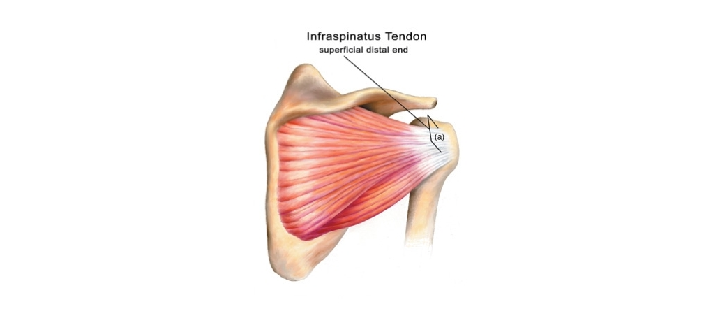
Abstract :
Background Alteration of normal scapulohumeral rhythm due to the fatigue of scapular-stabilizing muscles induces decrease of rotator cuff strength. In this study we analyzed the interobserver and intraobserver realibility of the infra- spinatus strength test (IST) and infraspinatus scapular retraction test (ISRT) in 29 overhead athletes with scapular dykinesis, before and after 6 months of scapular muscula- ture rehabilitation. Materials and methods Subjects with magnetic resonance imaging (MRI) findings of labral injuries (2 cases, 5%) and cuff tears (4 cases, 11%) were excluded. Scapular dyski- nesis patterns were evaluated according to Kibler et al. (J Shoulder Elbow Surg 11:550–556, 2002).
We found a type I dyskinesis in 24 cases (83%) and a type II in 5 cases (17%). Patients were tested by using IST and ISRT and the maximum infraspinatus strength (kg) was registered by a handheld dynamometer. Changes in shoulder IR were measured by using a standard goniometry. Rehabilitation continued for 6 months and was focused on the restoration of scapular muscular control and balance.
We used a paired Student t test for the significance of the force values (alpha = 0.01). Intraclass correlation coefficient (ICC) and standard error (SE) were applied to determine the reali- bility of repeated values collected within testers and between testers.
why this study is relevant?
Alteration of normal scapulohumeral rhythm due to the fatigue of scapular-stabilizing muscles induces decrease of rotator cuff strength. In this study we analyzed the interobserver and intraobserver realibility of the infraspinatus strength test (IST) and infraspinatus scapular retraction test (ISRT) in 29 overhead athletes with scapular dykinesis, before and after 6 months of scapular musculature rehabilitation.
for full article feel free in contact form and subscribe for more updates…..


